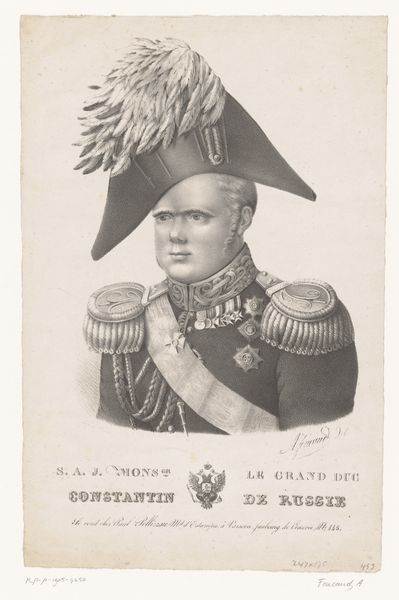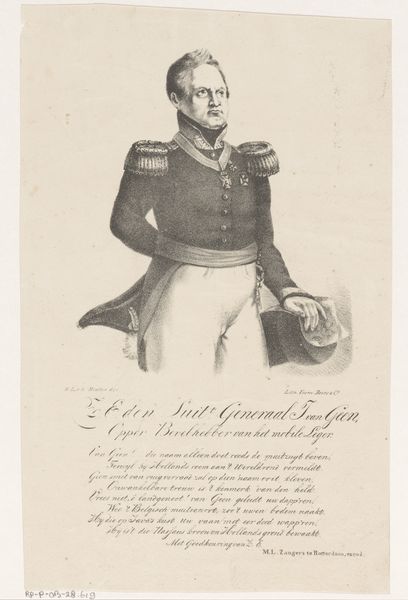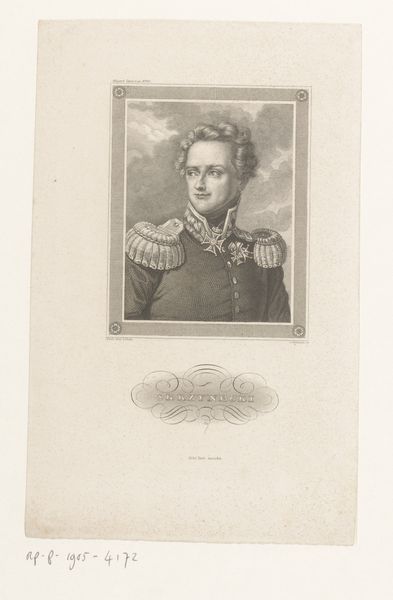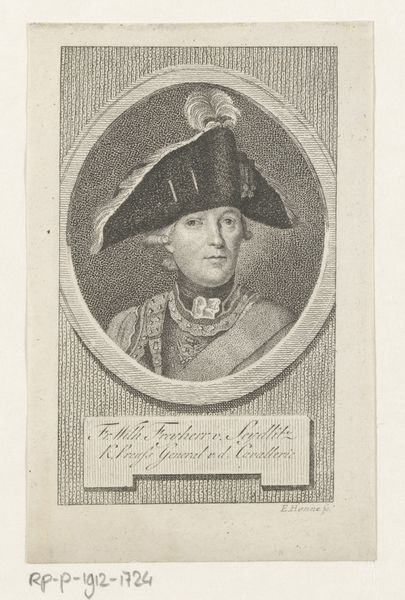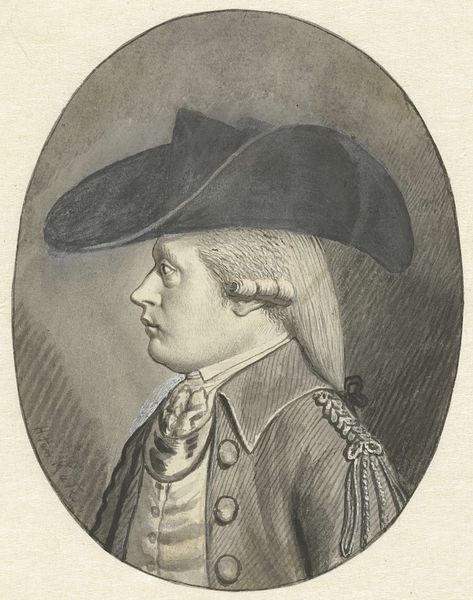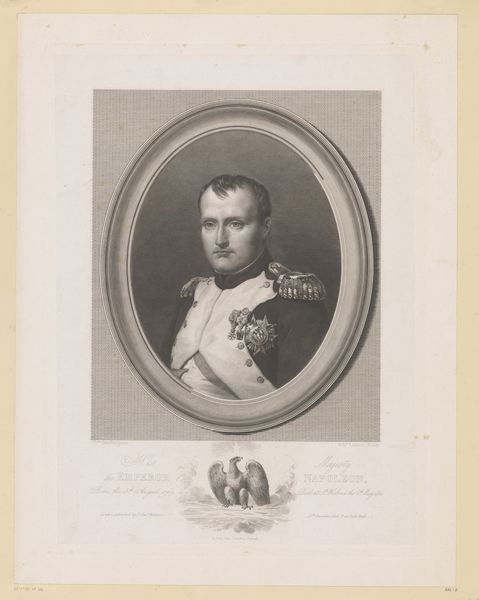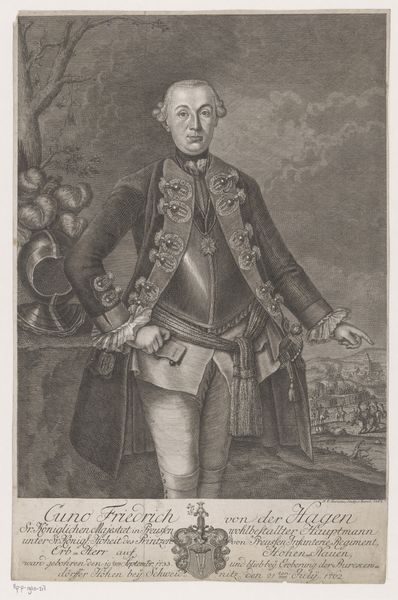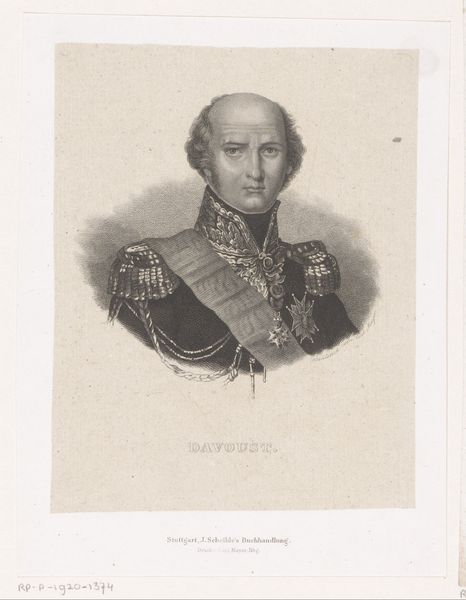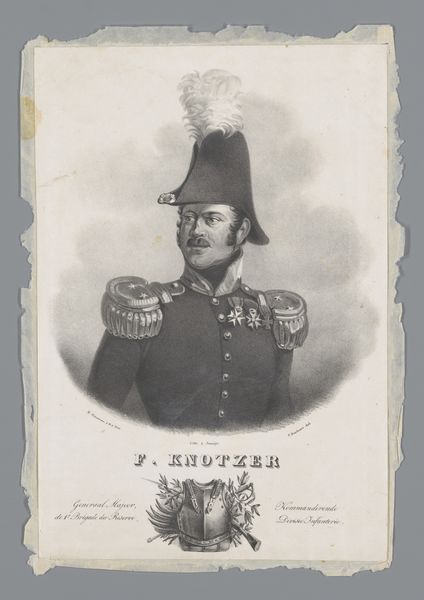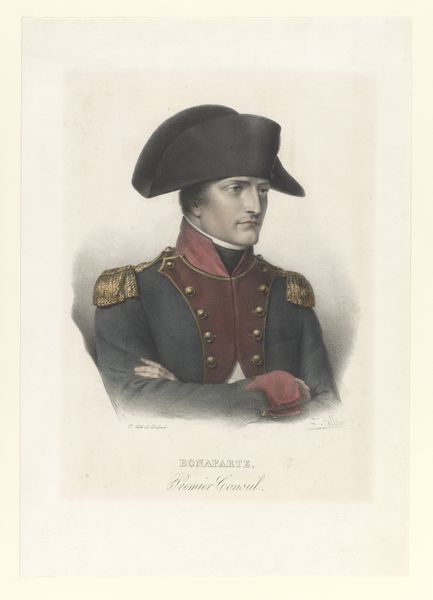
engraving
#
portrait
#
neoclacissism
#
16_19th-century
#
19th century
#
history-painting
#
engraving
Dimensions: height 405 mm, width 279 mm
Copyright: Rijks Museum: Open Domain
Editor: This is a portrait of Alexander I, Tsar of Russia, created in 1804 by Antoine Achille Bourgeois de la Richardière. It's an engraving, and I find myself wondering about the relationship between this medium and the sitter's powerful presence. How does the choice of engraving influence the way we understand Alexander’s authority? Curator: It's a sharp observation to consider the engraving itself. Engravings like this served a very specific purpose in disseminating power. The process, requiring skilled labor and specialized tools, turns representation into a commodity. Consider, too, how engravings democratized portraiture, moving it beyond the realm of painted commissions accessible only to the elite. How might this accessibility have shaped public perception of Alexander I? Editor: That’s fascinating. I hadn’t considered the idea of democratization through reproduction. Does the inherent "flatness" of the engraving medium affect the perception of the Tsar's character, compared to, say, a more textured painting? Curator: Absolutely. The lack of color and painterly brushstrokes removes a certain level of subjective interpretation, arguably presenting a more "objective" likeness. Yet, the engraver still has significant agency. Think about the lines, the shading - these are all deliberate choices that construct a specific image. Could we say that the act of engraving, of *multiplying* this image, subtly reinforces the idea of an absolute, unshakeable power? Editor: It's like the image itself is a form of propaganda, readily available and consistently portraying a certain image. Curator: Precisely! And it's not just about aesthetics; it's about the material conditions of artistic production shaping cultural perception and solidifying political narratives. So much meaning resides not just in the image, but in how that image was made, disseminated, and consumed. Editor: That shifts my perspective entirely. Thank you, that's really insightful! Curator: My pleasure. Thinking about art through the lens of its creation, its very materiality, offers us such a rich understanding of history and power.
Comments
No comments
Be the first to comment and join the conversation on the ultimate creative platform.
